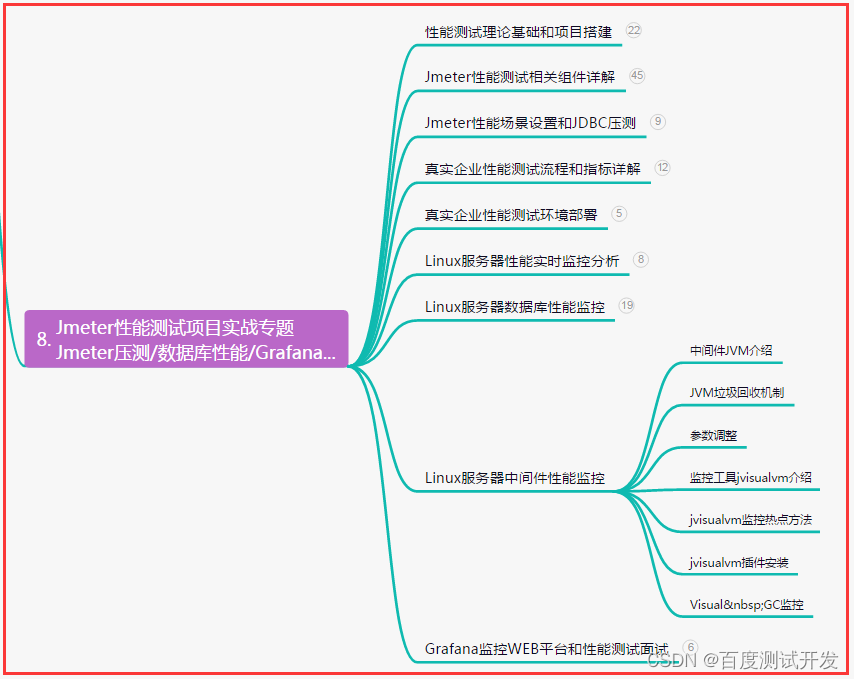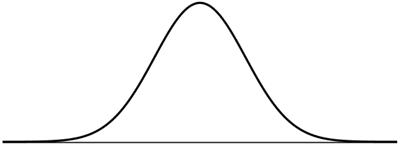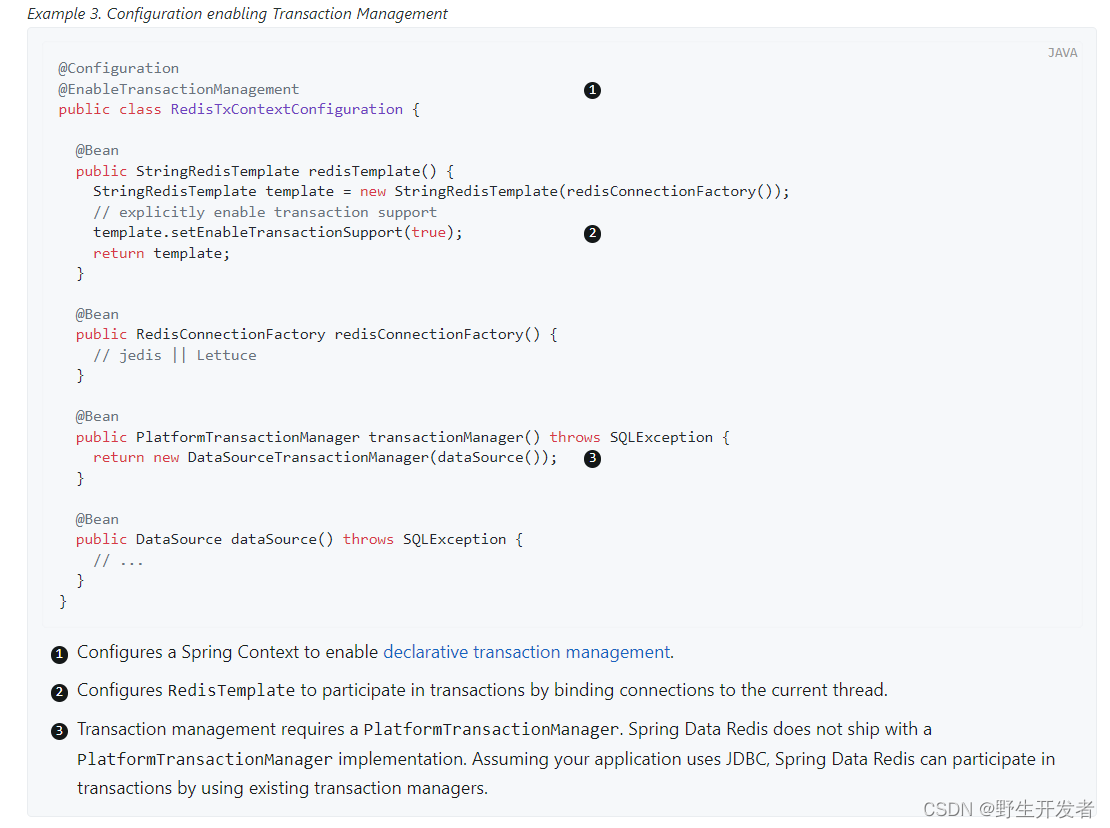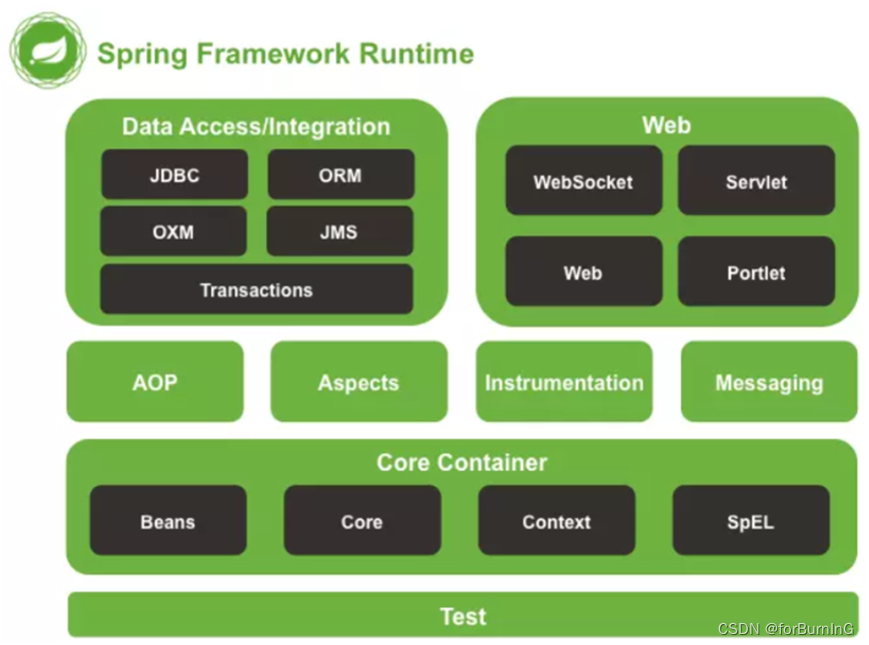mybatis中的动态sql,其实就是在mybatis中映射配置文件中通过if等判断语句写sql。现在聊一下,常用的的判断语句。
前面准备:
CREATE TABLE `student` (
`sid` int DEFAULT NULL,
`sname` varchar(10) CHARACTER SET utf8mb3 COLLATE utf8mb3_general_ci DEFAULT NULL,
`sage` int DEFAULT NULL,
`ssex` varchar(2) CHARACTER SET utf8mb3 COLLATE utf8mb3_general_ci DEFAULT NULL,
`gid` int DEFAULT NULL
) ENGINE=InnoDB DEFAULT CHARSET=utf8mb3;
insert into `student`(`sid`,`sname`,`sage`,`ssex`,`gid`) values
(1,'张三',18,'男',2),
(2,'赛貂蝉',14,'女',1),
(3,'胡铁花',23,'男',2),
(4,'白飞飞',16,'女',1),
(5,'李寻欢',16,'男',1),
(4,'宫崎',18,'男',2);
if
if标签是通过test数据的表达式进行判断,如果true就执行其标签中的内容,如果false则向反。
常用场景如下,比如在很多伤害数据库中的字段的条件为NULL的时候会影响结果。保留web项目中,前端传递的参数又三个条件,但是三个条件不一定都会被用户选择。然后生成不同的sql从数据库中取出数据。
当然也可以通过如果通过java代码进行判断,然后也可以解决这个问题,不过mybatis的通过xml配置sql语句,所以可能会更直观方便一些。
映射文件:
<select id="getStudent" resultType="Student">
<!-- 为什么会写 1=1 因为比如例子中sql的条件会通过and 连接 防止出现问题采用这个方法 -->
SELECT sid , sname , sage , ssex , gid FROM testmybatis.student WHERE 1=1
<if test="sid!='' and sid !=null">
and sid=#{sid}
</if>
<if test="sname!='' and sname !=null">
and sname=#{sname}
</if>
<if test="sage!='' and sage !=null">
and sage=#{sage}
</if>
<if test="ssex!='' and ssex !=null">
and ssex=#{ssex}
</if>
<if test="gid!='' and gid !=null">
and gid=#{gid}
</if>
</select>
映射接口类中的方法:
List<Student> getStudent(Student student);
调用方法:
Student student=new Student(null,null,null,"女",null);
System.out.println(" -------------------- " + studentMapper.getStudent(student) );

注意:
- if中的test属性表达式中,直接用对象的属性进行判断,不需要通过#{}或者${}.
- 一般因为有连接关键字,所以在where后面会通过一个伪条件而实现动态代码。
where标签
当然如果不想在where中天津一个伪条件的话,还可以通过where标签进行实现,具体如下:
<select id="getStudent" resultType="Student">
<!-- 为什么会写 1=1 因为比如例子中sql的条件会通过and 连接 防止出现问题采用这个方法 -->
SELECT sid , sname , sage , ssex , gid FROM testmybatis.student
<where>
<if test="sid!='' and sid !=null">
sid=#{sid}
</if>
<if test="sname!='' and sname !=null">
and sname=#{sname}
</if>
<if test="sage!='' and sage !=null">
and sage=#{sage}
</if>
<if test="ssex!='' and ssex !=null">
and ssex=#{ssex}
</if>
<if test="gid!='' and gid !=null">
and gid=#{gid}
</if>
</where>
</select>
然后看一下结果,现在换成性别为男:

也是没有问题,这个时候可以看出where标签有两个作用:
- 第一:sql语句需要些where 关键字,where标签会自动添加这个关键字。
- 第二:如果第一个条件不成立,而导致where后面and关键字的话,where标签会自动将首个and优化掉,让sql符合要求。而这种取消,只是取消条件的前面and。
如果这样写呢?把and放在后面。
<select id="getStudent" resultType="Student">
<!-- 为什么会写 1=1 因为比如例子中sql的条件会通过and 连接 防止出现问题采用这个方法 -->
SELECT sid , sname , sage , ssex , gid FROM testmybatis.student
<where>
<if test="sid!='' and sid !=null">
sid=#{sid} and
</if>
<if test="sname!='' and sname !=null">
sname=#{sname} and
</if>
<if test="sage!='' and sage !=null">
sage=#{sage} and
</if>
<if test="ssex!='' and ssex !=null">
ssex=#{ssex} and
</if>
<if test="gid!='' and gid !=null">
gid=#{gid}
</if>
</where>
</select>

直接保存了,而这个时候需要使用另一个标签trim。
trim
先看一下trim标签:

可以看出trim标签有四个属性。具体有什么用呢?
| 属性 | 描述 |
|---|---|
| prefix | 在tirm标中的内容前添加指定内容 |
| prefixOverrides | 在tirm标中的内容后添加指定内容 |
| suffix | 在tirm标中的内容前面删除指定内容 |
| suffixOverrides | 在tirm标中的内容后面删除指定内容 |
看着有些绕,还是老规矩用代码演示:
<select id="getStudent" resultType="Student">
<!-- 为什么会写 1=1 因为比如例子中sql的条件会通过and 连接 防止出现问题采用这个方法 -->
SELECT sid , sname , sage , ssex , gid FROM testmybatis.student
<trim prefix="where" suffixOverrides="and">
<if test="sid!='' and sid !=null">
sid=#{sid} and
</if>
<if test="sname!='' and sname !=null">
sname=#{sname} and
</if>
<if test="sage!='' and sage !=null">
sage=#{sage} and
</if>
<if test="ssex!='' and ssex !=null">
ssex=#{ssex} and
</if>
<if test="gid!='' and gid !=null">
gid=#{gid}
</if>
</trim>
</select>
看一下结果:

解读
<trim prefix="where" suffixOverrides="and">
因为trim标签不会主动添加where ,所以需要通过prefix在条件语句前面添加where。因为and是写在后面的,如果最后出现and会影响sql语句,所以通过设置suffixOverrides来将最后面的and删除,如果没有也就不必删除了
choose —when—otherwise
这个语句判断记住一点其更像是是java中switch–case—default。
意思就是所有的条件,只要最上面的满足后面的就直接跳出。
<select id="getStudent" resultType="Student">
<!-- 为什么会写 1=1 因为比如例子中sql的条件会通过and 连接 防止出现问题采用这个方法 -->
SELECT sid , sname , sage , ssex , gid FROM testmybatis.student
<where >
<choose>
<when test="sid!='' and sid !=null">
<!-- 因为只会判断一个条件满足,所以不需要添加and这样的连接符 -->
sid=#{sid}
</when>
<when test="sname!='' and sname !=null">
sname=#{sname}
</when>
<when test="sage!='' and sage !=null">
sage=#{sage}
</when>
<when test="ssex!='' and ssex !=null">
ssex=#{ssex}
</when>
<otherwise>
gid=#{gid}
</otherwise>
</choose>
</where>
</select>
然后调用方法:
Student student=new Student(null,null,14,"男",null);
System.out.println(" -------------------- " + studentMapper.getStudent(student) );
然后看一下结果:

这里注意数据库中没有男性14岁的学生,而且性别为男的条件也没有其效果,所以说只会选择一个条件。
注意:choose中的必须有一个when标签,而otherwise标签最多只有一个
foreach
这个标签看见就知道是一个循环语句,具体是如何用呢?看实例吧。
foreach 元素的属性主要有 item,index,collection,open,separator,close。
| 属性 | 描述 |
|---|---|
| item | 表示集合中没一个元素的迭代的名字,这个在jsp中也有。毕竟这个元素有可能是一个对象,方便取出属性值。 |
| index | 指定一个名字,用户表示在迭代过程中,每次迭代到的位置,可以理解为for(int i=0;i++;i<5)中的i。可以为起一个名字。 |
| open | 表示该语句什么时候开始 |
| separator | 表述迭代数据中间用什么内容作为分隔符。 |
| close | 表示什么时候结束 |
还是老规矩,用代码演示:
先创建一个list,然后用来插入演示:
List<Student> list=new ArrayList<Student>();
list.add(new Student(null,"v胖",3,"男",3));
list.add(new Student(null,"奎爷",33,"男",1));
list.add(new Student(null,"娜美",15,"女",3));
studentMapper.insertListStudent(list);
<insert id="insertListStudent">
INSERT INTO testmybatis.student ( sid , sname , sage , ssex , gid ) VALUES
<foreach collection="studentList" item="student" separator="," >
<!--sql插入数应该有一对() 不可以使用 open和close会在前后放内容,包裹整个数据,比如应该是(student),(student),(student) 却变成(student,student,student)-->
( #{student.sid}, #{student.sname}, #{student.sage}, #{student.ssex}, #{student.gid})
</foreach>
</insert>
接口类的方法:
void insertListStudent(@Param("studentList") List<Student> studentList);
运行结果:

现在来一个批量删除的操作,这个可以使用多个属性如下操作:
void deleteArr(@Param("arr") int[] arr);
<delete id="deleteArr">
delete from student where sid in
<foreach collection="arr" separator="," open="(" close=")" item="sid">
#{sid}
</foreach>
</delete>
然后调用方法:
int[] arr={12,13,14};
studentMapper.deleteArr(arr);
现在看一下结果:

所以可以看在foreach中的open和close的具体效果。
sql
还有一个sql标签,这个标签可以记录一段sql,在需要使用的适合用incluede标签进行引用。
还是老规矩,进程代码演示,用上面的例子进行演示:
先不用sql的如下:
<select id="getStudent" resultType="Student">
<!-- 为什么会写 1=1 因为比如例子中sql的条件会通过and 连接 防止出现问题采用这个方法 -->
SELECT sid , sname , sage , ssex , gid FROM testmybatis.student
<where >
<choose>
<when test="sid!='' and sid !=null">
<!-- 因为只会判断一个条件满足,所以不需要添加and这样的连接符 -->
sid=#{sid}
</when>
<when test="sname!='' and sname !=null">
sname=#{sname}
</when>
<when test="sage!='' and sage !=null">
sage=#{sage}
</when>
<when test="ssex!='' and ssex !=null">
ssex=#{ssex}
</when>
<otherwise>
gid=#{gid}
</otherwise>
</choose>
</where>
</select>
然后是使用sql标签的:
<select id="getStudent" resultType="Student">
<!-- 为什么会写 1=1 因为比如例子中sql的条件会通过and 连接 防止出现问题采用这个方法 -->
SELECT <include refid="studentColumns"></include> FROM testmybatis.student
<where>
<choose>
<when test="sid!='' and sid !=null">
<!-- 因为只会判断一个条件满足,所以不需要添加and这样的连接符 -->
sid=#{sid}
</when>
<when test="sname!='' and sname !=null">
sname=#{sname}
</when>
<when test="sage!='' and sage !=null">
sage=#{sage}
</when>
<when test="ssex!='' and ssex !=null">
ssex=#{ssex}
</when>
<otherwise>
gid=#{gid}
</otherwise>
</choose>
</where>
这样方便将一些常用的sql公用部分拆出来,然后进行使用,有点像是java中的公共方法提出的感觉,这样方便使用。
script
这个标签是搭配着注解使用的,还是老规矩进行代码演示:
@Delete(" <script>" +
"delete from student where sid in " +
"<foreach collection=\"arr\" separator=\",\" open=\"(\" close=\")\" item=\"sid\"> " +
" #{sid} " +
" </foreach>" +
" </script>")
void deleteArr(@Param("arr") int[] arr);
可以看出通过script标签可以将本来在xml中写的配置信息,通过注解写在java文件中,虽然方便但是说实话没有通过xml看着配置信息清晰。
bind 标签
元素允许你在 OGNL 表达式以外创建一个变量,并将其绑定到当前的上下文。
然后简单演示:
<select id="selectStudentLike" resultType="Student">
<bind name="pattern" value="'%' + name + '%'" />
SELECT * FROM student
WHERE sname LIKE #{pattern}
</select>
List<Student> selectStudentLike( Map<String, String> params);
Map<String, String> params =new HashMap();
params.put("name", "三");
List<Student> studentList = studentMapper.selectStudentLike(params);
System.out.println(studentList);
看一下结果:

不过出发在一个sql中使用了多次某个片段,不然不如直接写的方便。




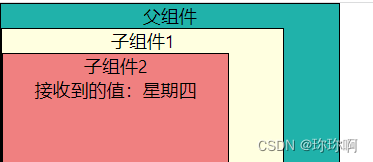
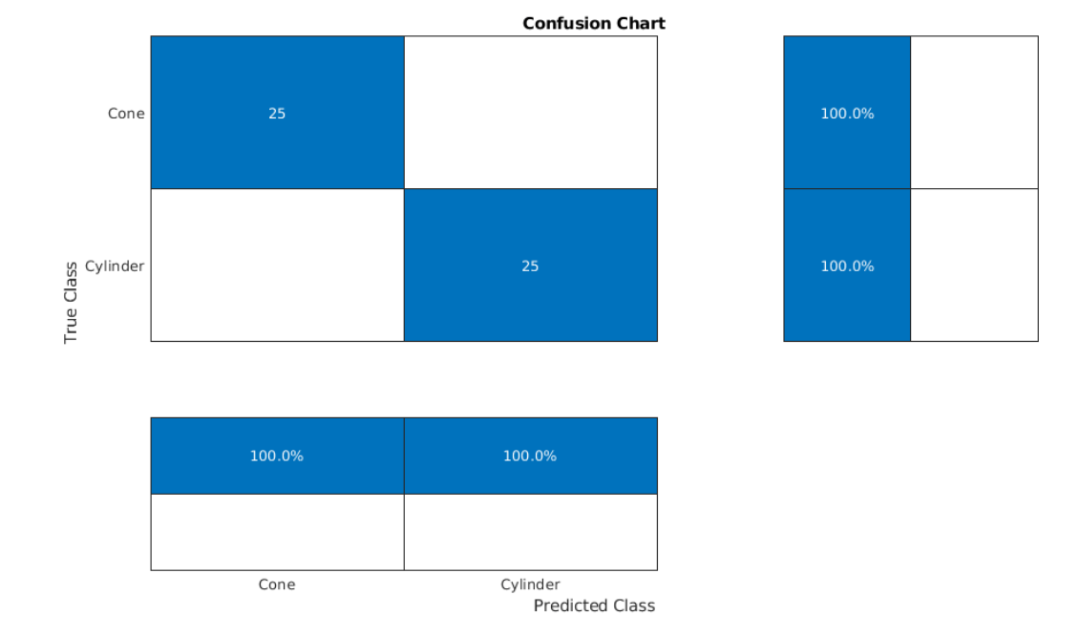


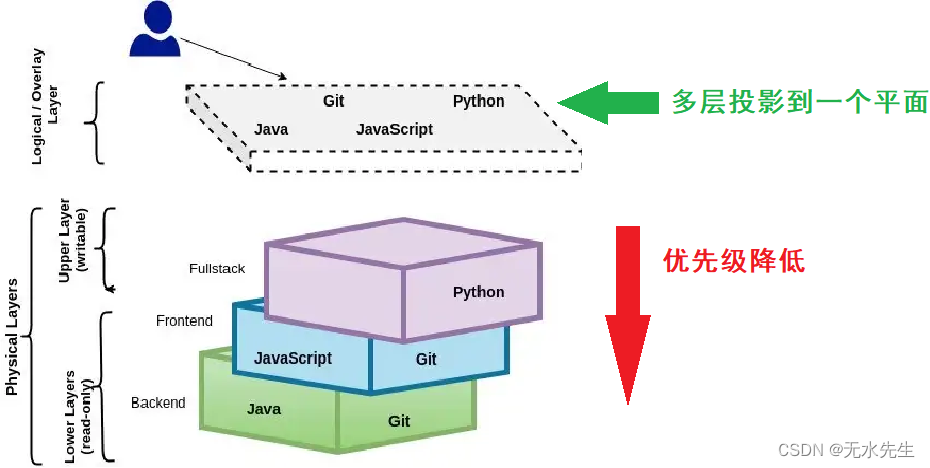



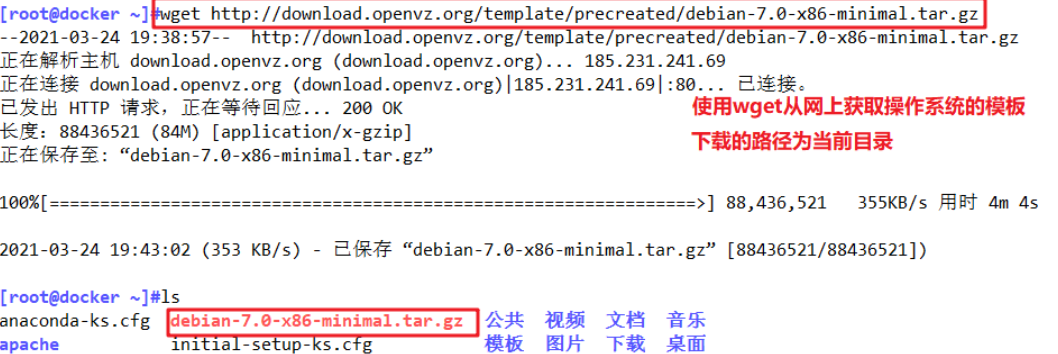

![【化学试剂】endo-BCN-PEG4-Pomalidomide,(1R,8S,9S)-双环[6.1.0]壬-四聚乙二醇-泊马度胺纯度95%+](https://img-blog.csdnimg.cn/img_convert/a9bfe783465d89a354c2f8b71a32513b.jpeg)
